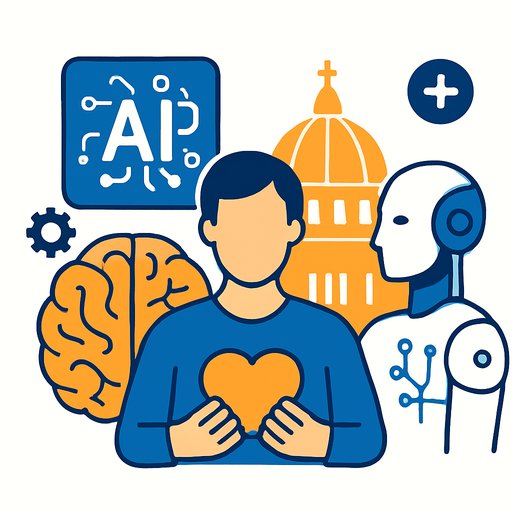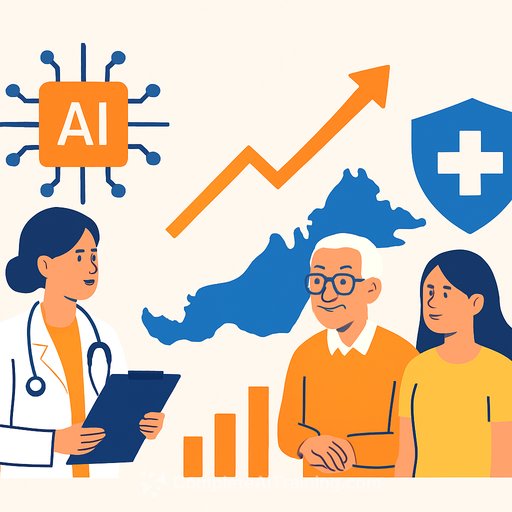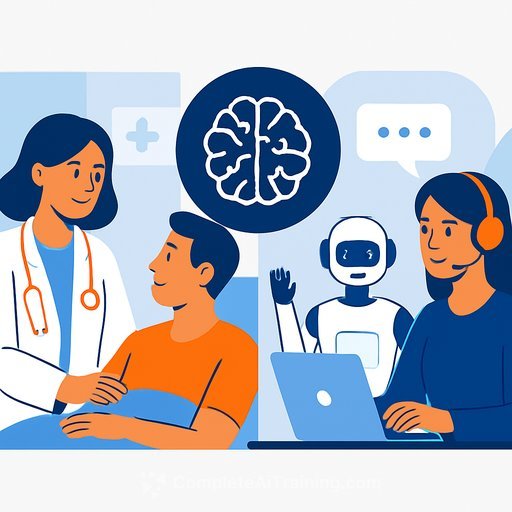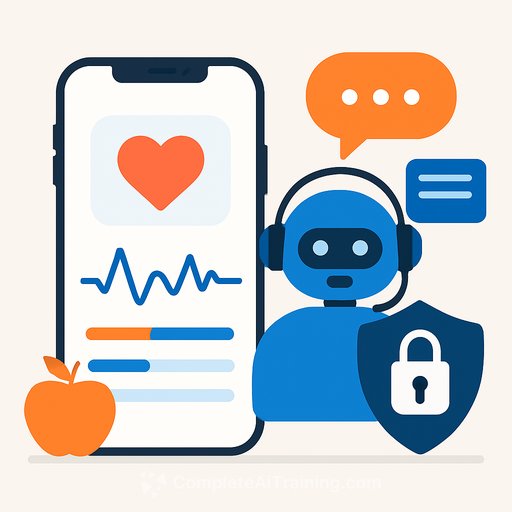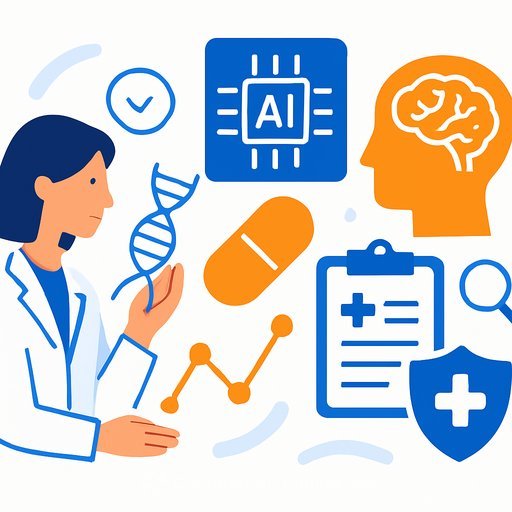AI and Medicine: The Challenge of Human Dignity - What Healthcare Needs to Do Now
Healthcare leaders, clinicians, and ethicists met in the Vatican to examine a core question: how do we integrate AI into care without stripping away human dignity? The conference, held 10-12 November and organized by the International Federation of Catholic Medical Associations (FIAMC) and the Pontifical Academy for Life (PAV), became a meeting point for clear-headed debate and practical guidance.
Why this matters for your practice
AI is moving into everyday workflows: triage, imaging analysis, risk scoring, treatment pathways, and documentation. These tools can accelerate diagnoses and refine therapies. But they can also distance clinicians from patients, push low-cost "bot care" onto vulnerable groups, and add stress if implemented poorly.
The signal from Rome was blunt: do not humanize the tool or mechanize the patient. Use AI to extend clinical judgment, not replace it. Keep the person at the center.
Key insights from the conference
Msgr. Renzo Pegoraro of the Pontifical Academy for Life warned against turning health and illness into mere data points. Patients arrive with emotions, fears, stories, and goals-none of which fit neatly into a spreadsheet. Personalizing treatment remains a human skill that technology should support, not supplant.
He urged a practical ethical screen for tools like ChatGPT: are they transparent, non-discriminatory, and free from harmful bias? The task is assessment and oversight, not knee-jerk approval or rejection.
Dr. Otmar Kloiber, Secretary General of the World Medical Association, acknowledged clear gains: faster workflows, more precise interventions, and-at times-care that feels more personal. The caution: AI can reduce patient contact, become a second-tier option for those who can't see a physician, and worsen inequities. Citizens, not just vendors, should help set the direction. Professional forums like this one matter because they surface values before defaults become policy.
Professor Therese Lysaught noted that AI is a new frontier even for Catholic bioethics. Instead of reacting after the fact, the community can proactively define guardrails and amplify what works. Reports from India and Catalonia showed real gains in access and efficiency, but also the ongoing tension: we try to make tech feel human while quietly turning people into data. Naming that tension is step one.
What healthcare teams can do this quarter
- Keep humans in the loop: Require clinician oversight for any AI output that influences diagnosis, treatment, or consent.
- Define your red lines: No deployment without documented model purpose, data sources, known limits, and monitoring plans.
- Protect the clinical relationship: Set minimum standards for face-to-face time and patient communication, even with AI triage or scribe tools.
- Audit for bias: Test outputs across age, sex, ethnicity, language, disability, and socioeconomic status. Publish results internally.
- Safeguard data: Minimize identifiable data, enforce access controls, and log every use. Build a clear policy for model training and secondary use.
- Explainability for patients: Create simple disclosures that explain what the tool does, its benefits and limits, and how clinicians supervise it.
- Measure workload impact: Track time saved, clicks reduced, and burnout indicators. If stress rises, pause and redesign.
- Equity check: Ensure AI doesn't become the default for those with the least access to clinicians. Offer real choice.
- Vendor accountability: Require post-deployment monitoring, incident reporting, and a rollback plan if harm or drift appears.
- Governance that actually meets: Stand up a cross-functional AI oversight group (clinical, nursing, ethics, IT, legal, patient rep) with decision rights.
Signals to watch
- Transparency norms: Can your AI vendors plainly explain training data, performance, and failure modes?
- Clinician trust: Are teams using the tool willingly, or working around it?
- Patient experience: Do CSAT scores, complaint patterns, or missed follow-ups change after deployment?
- Quality and safety: Track false positives/negatives, treatment delays, and near-misses tied to AI output.
Resources
For broader ethical guidance, review the WHO's guidance on ethics and governance of AI for health: WHO publication. For professional policy context, see the World Medical Association: wma.net.
If your team is building internal skills to evaluate or implement AI tools, explore role-based learning paths here: AI courses by job.
Bottom line
Use AI to widen access, sharpen decisions, and free up time for real conversations. Set guardrails that protect dignity, equity, and the clinician-patient bond. The tech is useful; the human encounter is non-negotiable.
Your membership also unlocks:

